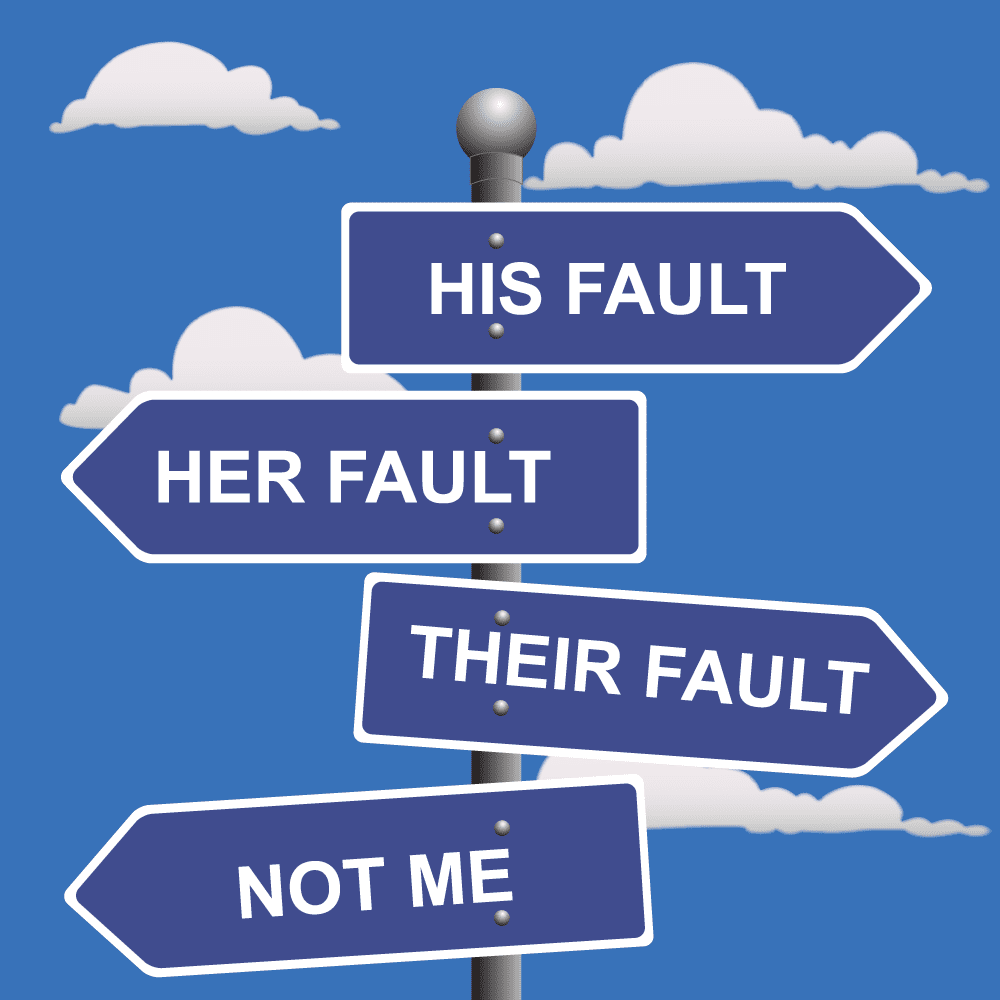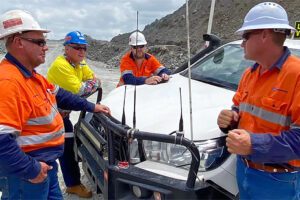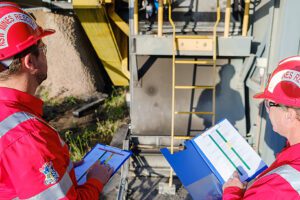Why do so many people still get hurt at work? Is human error a real thing?
Most incidents don’t happen because the person didn’t know the hazard was present or what controls were required. Incidents typically happen because the person wasn’t focused at the time, and as a result, came into contact with a hazard.
Traditional approaches aim to rectify this by:
- re-training, in case the problem was a lack of knowledge.
- reviewing the decision-making framework, in case it was a ‘bad’ decision or the person making the wrong ‘choice’
- discipline, in case it was a deliberate act.
However, the problem of poor focus is not able to be solved by the traditional approaches listed above. We are accustomed to blaming tiredness, problems at home, outside distractions and other external factors that are outside the control of the workplace for poor focus.
Most companies have a mature and robust safety management system in place, they work on reducing the risk of workplace hazards and management does a number of things to manage safety …… but they still have incidents.
If your organization is still having incidents, ask yourself:-
‘Do I think that the reason is that there isn’t enough paperwork in place?’
‘Or is it that we’re not committed enough to safety or we don’t do enough safety observations?’
For most working people, the answer to both questions is a resounding ‘No’. So, could it be that there is a ‘missing piece’ to understanding the whole safety puzzle?
Most organisations have worked out that how people behave has a lot to do with incidents and injuries, even some of the serious ones.
Organisations have a tendency to address behavioural issues as something that is always ‘deliberate’ – it’s either about decisions, judgments or choices.
This focusses on influencing the ‘conscious mind’ or what takes place in the pre-frontal cortex area of the brain. Safety leadership initiatives or safety observations programs are the typical tools we use to influence the ‘conscious mind’.
READ RELATED CONTENT
- MY BROTHER’S KEEPER
- Autonomous technology training and why it’s important
- Beyond the low hanging fruit in workplace safety
The latest neuroscience has revealed that more than 95% of our behaviour is ‘habitual’ or ‘automatic’. This type of behaviour resides in a part of the brain called the basal ganglia. Neuroscience has also revealed that as wonderful as the ‘conscious mind’ is at setting goals and solving problems, it can only think of one thing at a time and doesn’t keep thoughts for long.
When we think about it, we realize that most of our behaviour and decision making is below our ‘conscious’ awareness – getting out of bed in the morning, brushing our teeth, the actions to drive a car as well as all sorts of everyday things we do – happen without a lot of thought or attention (if any). In other words, sometimes we know what we are doing through our ‘conscious’ awareness of it – but most of the time it is the ‘subconscious’ processes that drive our behaviour and decision making, something we refer to as being in the ‘autopilot’ mode.
So if we want to keep ourselves safe, we have to be aware of our ‘subconscious’ mind power and ensure we change our ‘autopilot’ behaviours to do the automatic things that keep us safe. This is exactly what human error prevention programs do.
In the mid-1990’s, when we asked 20,000 people what type of mistakes they made without meaning to, the number one response was “eyes not on task”. The top four critical errors were:
- eyes not on task
- minds not on task
- (being in or moving into the) line of fire
- (loss of) balance/traction/grip
Another 5,000 people were asked what causes them to make one or more of the four critical errors, the number one response was “rushing”. The top four states were:
- rushing
- fatigue
- frustration
- complacency
Since the mid-1990s, almost 2 million people worldwide have realized that they are most likely to make one or more of the four critical errors whilst in one or more of the four states. We refer to this as the universal ‘state to error’ pattern of human behaviour.

When people make one or more critical errors, they are not paying much attention and have increased their risk of getting injured.
In your own experience, can you think of an injury that you’ve had where you were not actually in at least one of the four states (rushing, tired, frustrated or complacent) looking at what you were doing, thinking about what you were doing, aware of the line of fire and conscious of losing your balance, traction or grip? Most people can’t unless it involved equipment malfunction, an uncontrollable event like a flood or a cyclone, or someone else doing something to cause the injury – but these account for less than 5% of injuries.
What the research has highlighted is that making unintentional mistakes is a significant factor in people getting injured. It has found that the four states and the four critical errors are involved in over 95% of acute injuries people have – both ‘on’ and ‘off’ the job.
Once we understand that the ‘state to error’ pattern applies to everyone, we can get people to start looking for it. When people start looking for it, they are amazed at how common it is – they see it everywhere – at home, on the road, in the supermarket and at work.
Although seeing the ‘state to error’ is the first step, it alone doesn’t result in ‘behaviour change’. The reason is that the ‘state to error’ pattern is ‘baked into our brain’ through years of experience – neither the states nor the critical errors can be ‘decided away’. They are part of our ‘autopilot’ behaviour.
If we want to improve safety performance significantly, we need to address the brain functions that drive our ‘autopilot’ behaviour and decision making.

This is a very different approach to training people to have the right knowledge and/or to rely on the ‘conscious’ functions of our brain to reprogram the automatic things we do. We need to train people in human error prevention skills to help them change old habits into new ones in the ‘automatic’ or ‘habitual’ part of their brain.
Unless we do this, we will not be able to ‘disengage the autopilot’ and we can continue with the tired old lines of ‘try to be more careful or pay more attention next time’.
About The Author
Cristian Sylvestre is a human error prevention specialist – not from an academic or psychological perspective but from a practical one. He is currently leading safety initiatives in a number of organisations by developing and implementing leading-edge behavioural programs focused at the employee level.
For more information or to contact Cristian, please visit www.safestart.com.au














Add Comment